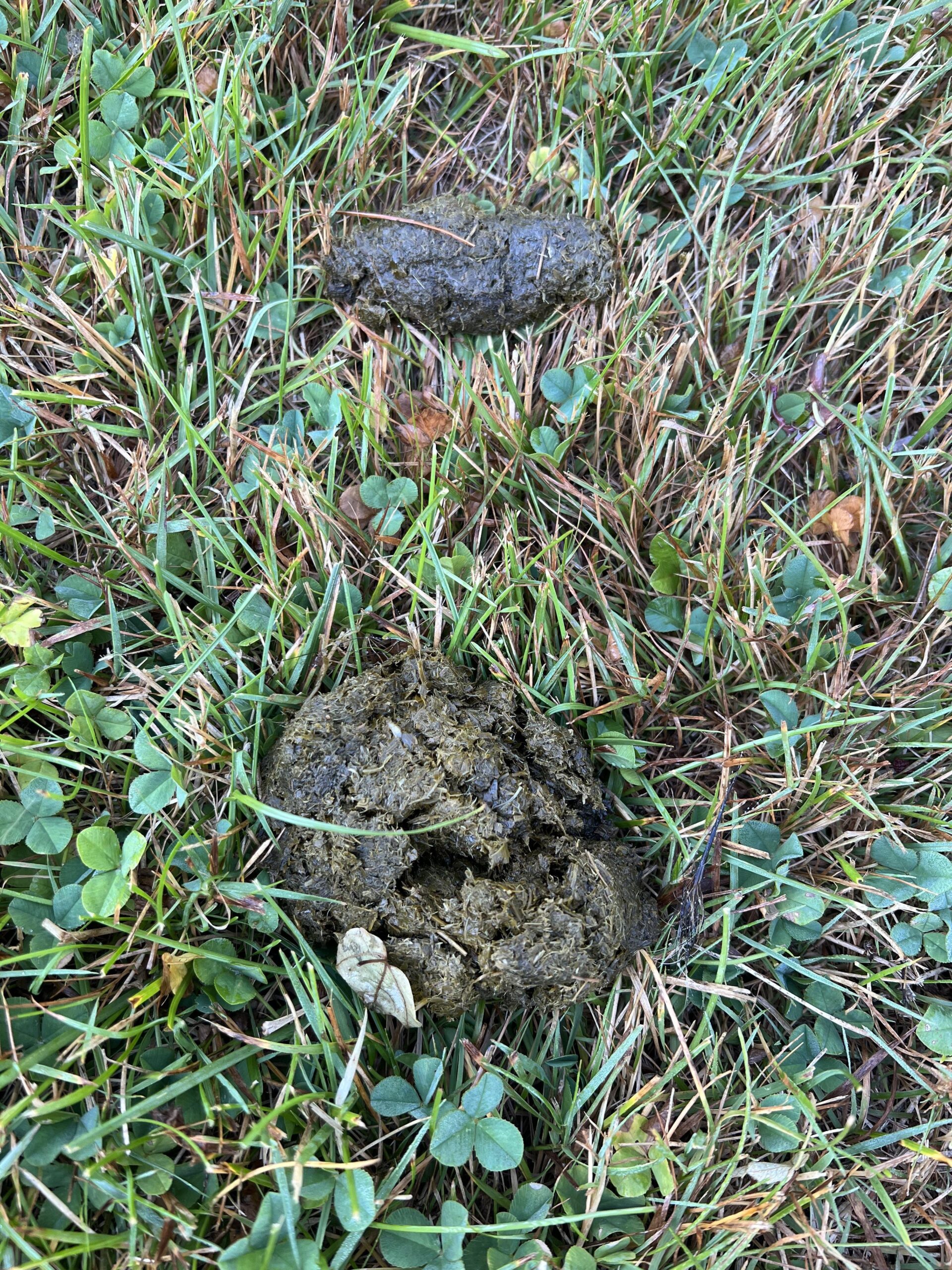Groundhog poop may seem insignificant, but it can hold valuable clues about these elusive creatures. Dark and cylindrical, groundhog droppings can provide insights into their diet and health. Observing this scat can offer a window into the habits and territories of these burrowing mammals. By studying groundhog poop, we can unravel a hidden world beneath our feet.
Unveiling the Mysteries of Groundhog Poop: What You Need to Know!
Welcome, young nature enthusiasts! Today, we are diving deep into the fascinating world of groundhog poop. Have you ever wondered about those tiny, cylindrical droppings left behind by these furry creatures? Join me on this educational adventure as we explore the ins and outs of groundhog poop. Let’s roll up our sleeves and get ready to discover some exciting facts!
The Basics of Groundhog Poop
First things first, what exactly is groundhog poop? Groundhog poop, also known as scat, is the waste material excreted by these adorable critters. It plays a crucial role in the ecosystem, providing valuable insights into the diet and health of groundhogs. So, next time you spot some groundhog poop in your yard, don’t be grossed out – it’s nature’s way of communicating with us!
Identifying Groundhog Poop
Now, let’s talk about how to identify groundhog poop. Groundhog droppings are typically small and cylindrical in shape, resembling dark brown or black beans. Due to their herbivorous diet, groundhog scat often contains plant fibers and undigested seeds. So, if you come across these distinctive pellets in your backyard, you can be sure that a groundhog has paid you a visit!
Size and Texture
Despite their small size, groundhog droppings are packed with information. They are firm to the touch and may vary in texture depending on what the groundhog has been munching on. Keep an eye out for these telltale signs to identify groundhog poop with ease.
Color and Odor
When fresh, groundhog poop tends to be darker in color, gradually fading to a lighter shade as it ages. Additionally, groundhog scat does not have a strong odor, making it less noticeable compared to other animal droppings. So, if you notice some inconspicuous, odorless droppings in your garden, it could very well be from a groundhog!
The Role of Groundhog Poop in Nature
Groundhog poop may seem like a simple waste product, but it plays a vital role in the natural world. As groundhogs graze on vegetation, their scat helps disperse seeds, promoting plant growth and diversity. Furthermore, the presence of groundhog poop can indicate the health of the local ecosystem, offering valuable insights to researchers and wildlife enthusiasts.
Fun Facts About Groundhog Poop
Are you ready for some fun facts about groundhog poop? Let’s delve into the quirky side of these tiny droppings:
1. Communication Tool
Groundhog poop serves as a form of communication among these creatures. By leaving their droppings in specific areas, groundhogs can establish territories and convey social messages to one another.
2. Nutrient Recycling
When groundhog scat breaks down, it releases valuable nutrients back into the soil, enriching the earth and supporting plant growth. Talk about a natural recycling system!
3. Winter Hibernation
During their winter hibernation, groundhogs produce a special type of poop known as hibernacula. These droppings are more concentrated and help regulate the groundhog’s body temperature while they snooze through the cold season.
How to Safely Handle Groundhog Poop
While groundhog poop can provide fascinating insights, it’s essential to handle it with care. Here are a few tips on safely dealing with groundhog droppings:
1. Use Gloves
When cleaning up groundhog poop, always wear gloves to protect yourself from potential pathogens. This simple precaution can help prevent the spread of germs.
2. Proper Disposal
Dispose of groundhog poop in a sealed plastic bag and place it in the trash. Avoid coming into direct contact with the droppings to minimize any health risks.
3. Cleanse the Area
After removing groundhog poop, thoroughly clean the affected area with soap and water to ensure proper hygiene. This step is crucial in preventing the spread of any contaminants.
Conclusion: The Wonder of Groundhog Poop
And there you have it, young adventurers – a comprehensive journey into the world of groundhog poop! Remember, nature is full of surprises, even in the tiniest of droppings. So, the next time you stumble upon some groundhog scat, take a moment to appreciate the role it plays in the circle of life. Happy exploring!
Stay curious, stay safe, and keep an eye out for those mysterious groundhog droppings!
What animal poo is this?
Frequently Asked Questions
What does groundhog poop look like?
Groundhog poop typically resembles small cylindrical pellets, similar in appearance to rabbit droppings. The color can vary, ranging from dark brown to black, depending on the groundhog’s diet.
Is groundhog poop harmful to humans or pets?
While groundhog poop is not considered highly toxic, it can carry bacteria and parasites that may be harmful if ingested. It is best to avoid direct contact to prevent any potential health risks.
How can I safely clean up groundhog poop in my yard?
To safely clean up groundhog poop, wear gloves and a mask to prevent direct contact. Use a shovel or scooper to pick up the droppings, placing them in a plastic bag and sealing it tightly for disposal. Afterward, wash your hands thoroughly with soap and water.
Can groundhog poop attract other wildlife to my property?
Yes, the scent of groundhog poop can potentially attract other animals looking for food or territory. It is important to promptly clean up the droppings to reduce the chances of drawing unwanted wildlife to your yard.
Final Thoughts
In conclusion, groundhog poop can have negative impacts on gardens and lawns. It is important to keep an eye out for these droppings and take appropriate measures to prevent damage. Regular clean-up and safe disposal are essential to maintain a healthy outdoor environment. By staying vigilant and addressing the issue promptly, you can help keep your backyard free from the effects of groundhog poop.




